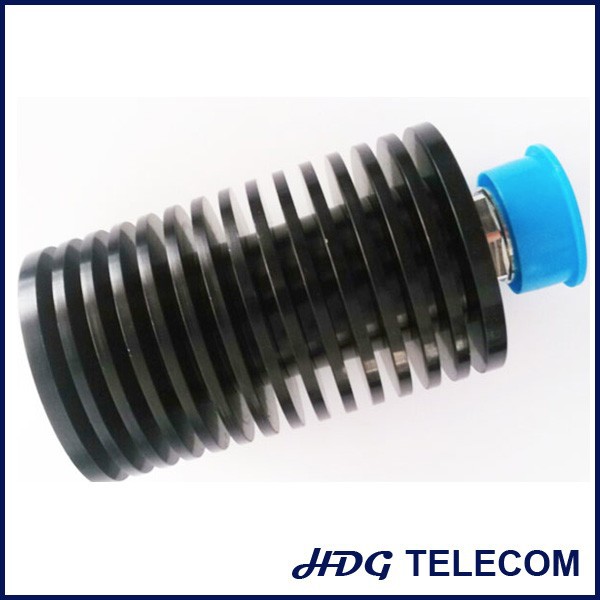- Joined
- Jun 24, 2010
- Messages
- 5,705
- Points
- 113
Yep this unit was built with the clamp sink pictured above.:beer:

Follow along with the video below to see how to install our site as a web app on your home screen.
Note: This feature may not be available in some browsers.



In the second video the output power is really stable in the first working minute! Never seen such stability in high power diode in an handheld device!
There are some important differences between the first and the second video? (heatsink, cells, drivers, and so on?)
Sorry, now I see the difference in the video titles :beer:
Yes, Your theory could be right: 1.3W of power loss means 1.3W transformed in heat added to an already hot barrel ...

The beam was better as well. With a 5x cylinder pair the beam at 30cm from the collimator was 7mm high and 3mm wide and at 14M the beam was 16mm high and 6mm wide.
As I posted above, my power meter is very similar to DTR's or around 5% conservative. In addition, I examined the lens he sent and it was pretty clean but, not perfect. It was in about the same condition as the G-9 that I installed for the first test.
The high power is a great finding, but the better beam is more important to me. Three of these could be knife edged to produce a 7x9mm beam with 20W of power and a PBS would allow you to produce the same beam with 40 watts!
Nice.
I have just completed a 180min. continuous run with the diode DTR sent to me. The diode was driven @ 4.5 A and the output power remained stable @ 6.34 watts.
The beam size and divergence were also better than the first diode I tested.
Now my question for the members here who focus on laser pointers. I have no issue with these. I am not one of those " you only want to point it at airpl###s" or cut electrical tape. But, what about the thrill in building an incredibly powerful, desktop sized module that without 3 phase power or a water source will produce 40W of blue light? You can generate patterns with a simple scanner or effects with lumia. With this kind of power you could scan an image and burn it into a 4x8 sheet of plywood. Only a small number of the laser-show professionals around the world deploy 40 W projectors. That would hold my interest for some time.
Heat sinks radiate heat better when black

